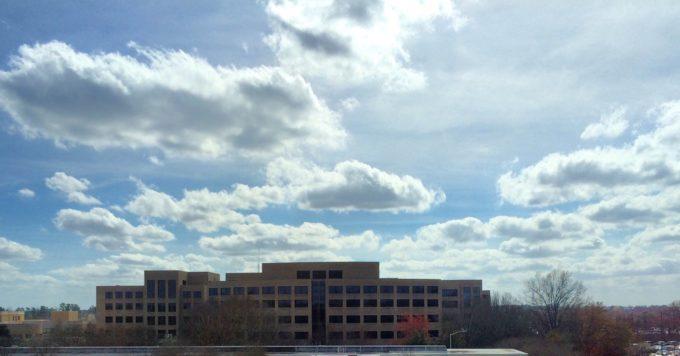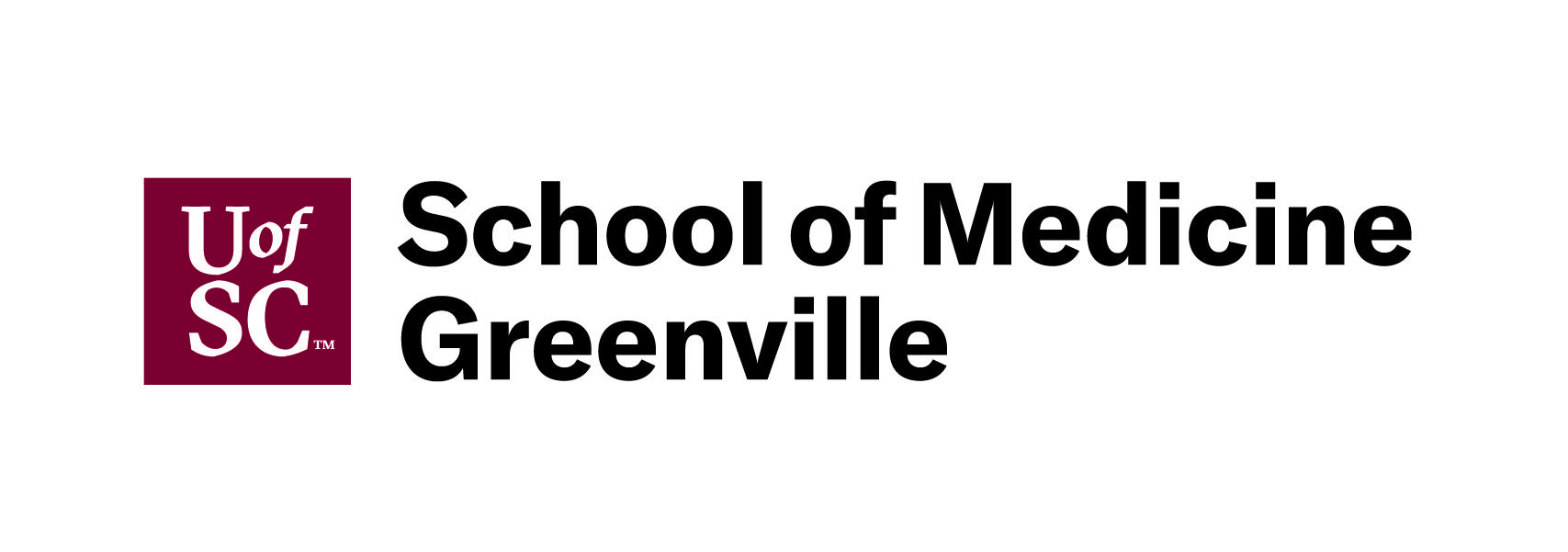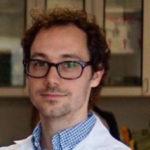
Get the latest articles delivered directly to your inbox!
Our Contributors
Class of 2022
Kyle Duke
Austin Foster
Charlotte Leblang
Ross Lordo
Class of 2021
Dory Askins
Connor Brunson
Keiko Cooley
Mason Jackson
Class of 2020
Megan Angermayer
Carrie Bailes
Leanne Brechtel
Hope Conrad
Alexis del Vecchio
Brantley Dick
Scott Farley
Irina Geiculescu
Alex Hartman
Zegilor Laney
Julia Moss
Josh Schammel
Raychel Simpson
Teodora Stoikov
Anna Tarasidis
Class of 2019
Michael Alexander
Caitlin Li
Ben Snyder
Class of 2018
Alyssa Adkins
Tee Griscom
Stephen Hudson
Eleasa Hulon
Hannah Kline
Andrew Lee
Noah Smith
Crystal Sosa
Jeremiah White
Jessica Williams
Class of 2017
Carly Atwood
Laura Cook
Ben DeMarco
Rachel Nelson
Megan Epperson
Rachel Heidt
Tori Seigler
Class of 2016
Shea Ray
Matt Eisenstat
Eric Fulmer
Geevan George
Maglin Halsey
Jennifer Reinovsky
Kyle Townsend
Join USCSOMG students on their journeys to becoming exceptional physician leaders.

Those “Soft Lectures” Matter
Ms. Gomez was sick. She didn’t know or understand what the problem was, but she was told to get to the doctor’s office by the end of the month. Unfortunately, that news arrived at the same time as a letter summoning her to re-certify for welfare benefits at the Department of Social Services. That’s where I met her.
“I’m sorry Ms. Gomez, there is no additional assistance available for your household. Our documentation indicates that you are currently receiving the maximum benefits possible under the Supplemental Nutritional Assistance Program, SNAP, and the program for Temporary Assistance for Needy Families, TANF.”
“But, the EBT isn’t enough to get my groceries, and the check I get doesn’t even cover the rent. How is that supposed to work? What am I supposed to do?”
“Again, I’m very sorry Ms. Gomez. Were you aware that your TANF eligibility will expire at the end of this month if you do not submit proof of compliance with the program’s work requirements? Are you currently seeking employment?”
“I take care of the baby at home.”
“I understand Ms. Gomez, but you must submit proof of gainful employment to continue eligibility for the TANF payments.”
Ms. Gomez left my desk with an angry sigh, her infant daughter held under her arm. She walked back to her neighborhood to find work, but prospects weren’t plentiful. A pawn shop and a small grocery store were the only employers in operation. After waiting in line, meeting with the managers, and applying for work, Ms. Gomez walked home, her daughter still in her arms. Before her house stood a police officer and her landlord, as if waiting to ambush the poor mother. She had been unlawfully evicted, but she was in an informal lease without the paper trail and receipts to prove legal tenancy.
Of course, Ms. Gomez never did make it to the doctor’s office. Her name wasn’t really Ms. Gomez, either. She was a sociology student at a local university; her daughter was a stuffed teddy bear; Her neighborhood was a row of folding card tables and chairs; and I, of course, am a medical student and not a social worker. This was all part of a poverty simulation, a role playing educational experience conducted by the Greenville nonprofit Our Eyes Were Open (OEEO).
Before volunteering as an educator with OEWO, I experienced the poverty simulation for myself during orientation of my first year at USCSOMG. The school hosts this event to help incoming medical students better understand the lived experience of poverty, and to mark the beginning of our curriculum on the social determinants of health. Woven throughout our education is the recurring emphasis that socioeconomic realities effect health and access to healthcare. Some students are tempted to skip or ignore this part of our training, but that is both a mistake and a wasted opportunity. This component of our curriculum is especially crucial given the economic realities faced by our patients. South Carolina has an overall poverty rate of 16.8%, and a childhood poverty rate of 24.4%, both above the national average(1). The harm of poverty is further exacerbated by poor prospects for upward mobility within our community. According to one analysis of socioeconomic mobility, Greenville was ranked 94 out of the 100 largest US metro areas(2) – meaning that a child born into poverty in Greenville is extremely unlikely to ever escape poverty.
As we proceed with our education and training, we will encounter the real-life counterparts to Ms. Gomez, the patient who never got around to making that doctor’s appointment. We will transport patients who call 911 for an ambulance ride, but never follow through with preventative health measures. We will encounter families who never fill their kid’s prescriptions. These experiences will be frustrating, but we must understand the realities our patients experience if we are to move beyond frustration and develop compassion. That is the goal of every patient roundtable, every case study in our Integrated Practice of Medicine series, and every lecture on the social determinants of health – and it’s one more way USCSOMG is transforming med school.
Sources:
1. US Census Bureau Small Area Income and Poverty Estimates
2. “The Effects of Exposure to Better Neighborhoods on Children: New Evidence from the Moving to Opportunity Experiment” Nathaniel Hendren Lawrence F. Katz . AMERICAN ECONOMIC REVIEW VOL. 106, NO. 4, APRIL 2016 (pp. 855-902) With supplemental data at http://www.equality-of-opportunity.org/neighborhoods/
Though originally from southern California, I spent most of my childhood and youth in Irmo, SC. After studying biology and biomedical science at the University of South Carolina, I spent several years variously involved with research and teaching. Upon meeting my amazing daughter, I was inspired to pursue medicine with the hope of addressing inequities in pediatric health care.
Copyright 2021 USC School of Medicine Greenville


